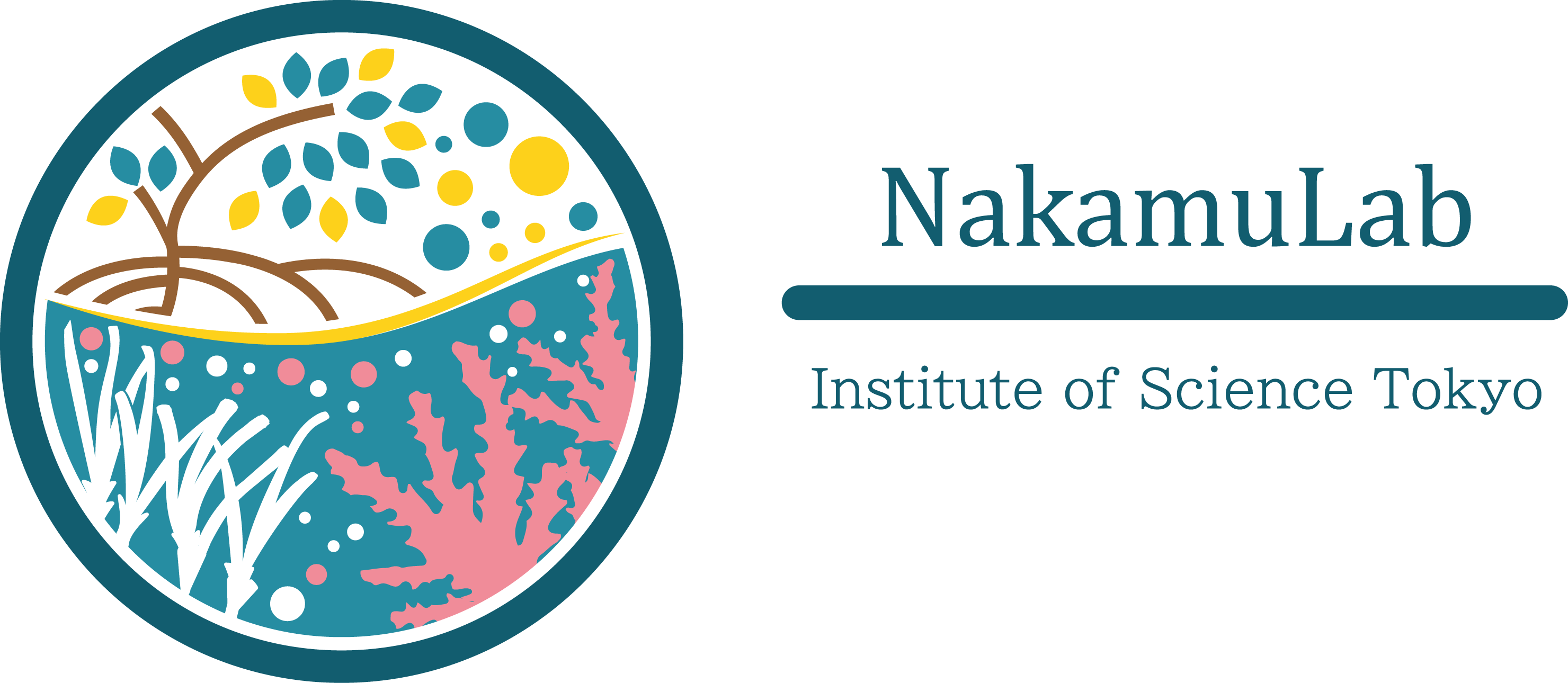Modeling the Biological System of Reef-building Corals
In the environment surrounding reef-building corals, various physicochemical factors and stresses interact in a complex manner. If we attempt to evaluate their influences in say, a breeding experiment, a large number and combination of experiments will be necessary. Furthermore, it is known that water temperature, carbon cycling, and nutrient concentrations in coral reef areas can fluctuate dynamically, and hence it would be very difficult to evaluate such interactions solely using breeding experiments.
We therefore consider the modeling approach as an effective method to describe the elementary processes of the coral response to each environmental factor and evaluate their compound effects and potential stresses on the coral organism. Based on this approach, we are currently developing a coral polyp model that describes in detail the physics, chemistry, and elementary physiological processes involved in the coral internal responses. The conceptual diagram is show below.
Schematic of the coral polyp model (top) and the calcification response to aragonite saturation (bottom) (Nakamura et al. 2013)
At present, this model can reproduce basic responses related to coral calcification, such as photosynthesis, respiration, and light-enhanced calcification, metabolic response to flow, response in a closed environment, and the expected response to ocean acidification.
Therefore, to evaluate the coral response to various environmental changes, we continue to work towards elucidating the elementary processes related to the response to stresses such as abnormally high water temperature which can cause coral bleaching (a phenomenon in which a coral releases/digests symbiotic algae known as zooxanthella which provide much of the coral’s nourishment; if such a state persists, the coral will eventually die), excessive nutrient loading from terrestrial areas, and red-soil runoff.
